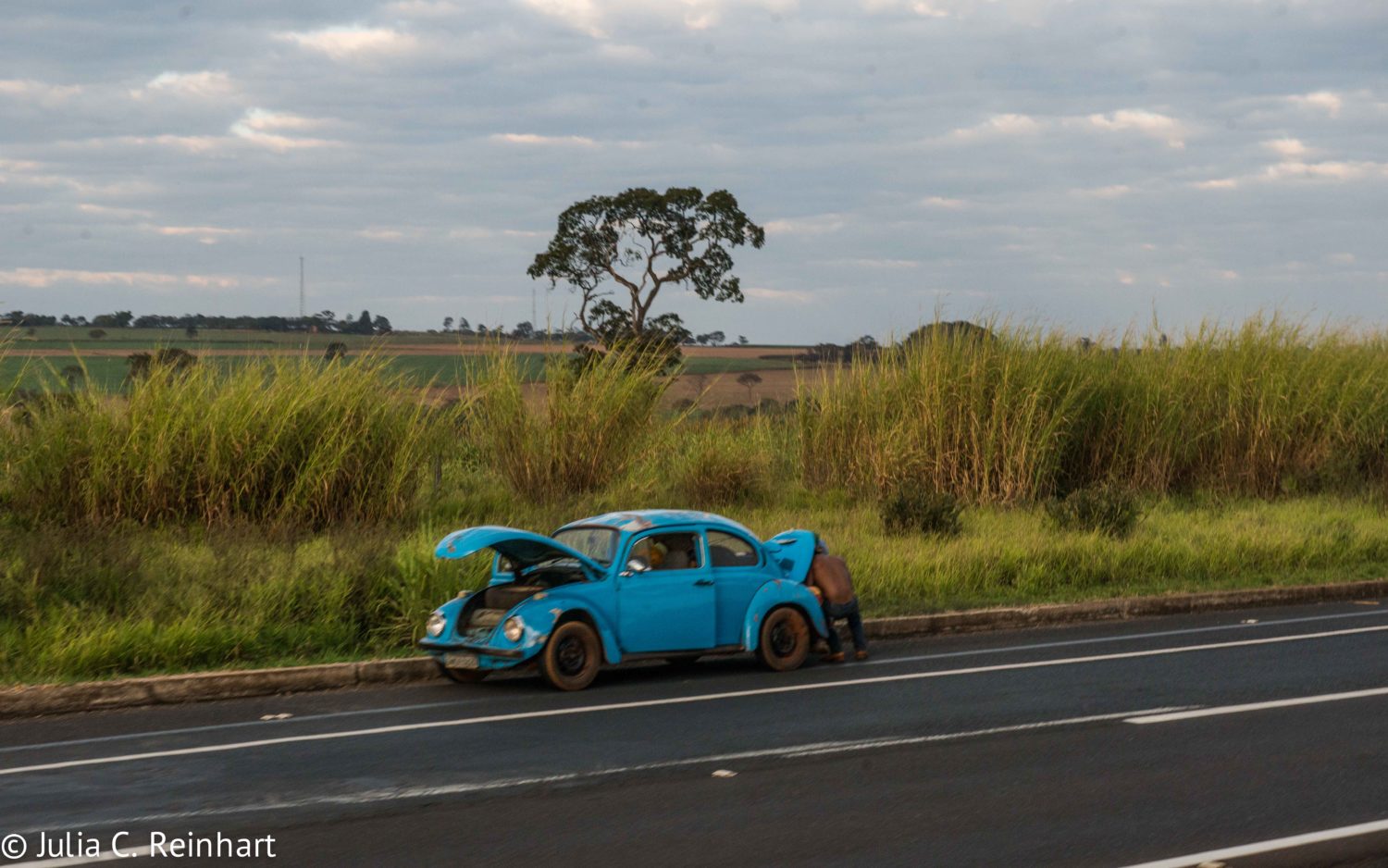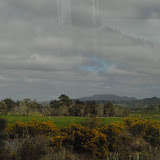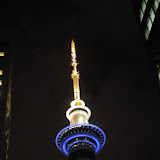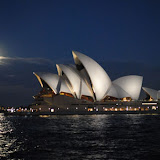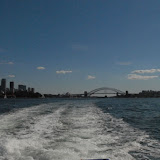Well, it’s been a while since my last post. Hard to follow the act of a round-the-world tour. However, I’ve recently completed another journey, that of permanently immigrating to the United States. And, by now a veteran of dealing with US immigration procedures in a post-9/11 world, I thought I’d share some of my insights.
Let me begin by saying that I don’t mind that a country wants to know who I am when I come visit, or even want to stay there for longer. I’m ok with filling out application forms that ask me if I’ve ever planned on murdering their president and answering questions about the shoe-size of my grandmother. Still, I do expect some form of rhyme-or-reason to the proceedings, and that, at times, I’ve found blatantly missing. So, to help you preserve your own sanity if you ever plan to travel or move my way, here’s my Top Ten Rules of Dealing with US Immigration:
10. Understand the process! Getting a visa to the US requires two steps: 1) File the visa application with the USCIS, which is part of the Department of Homeland Security. Once your visa has been approved you now have permission to be inside the United States pursuant to the conditions attached to your visa (more info on visa types and requirements here). 2) Once the visa has been approved you need to apply for an appointment to your nearest US Embassy to get the visa stamp placed into your passport. That visa stamp is your permission to travel to the United States. The approved visa from USCIS alone will not suffice to board a plane to the US! Also, you can’t get the visa stamp from the Embassy without the approval notice from USCIS. Most visas have a time limit. Make sure to leave the country or file for renewal before the visa has expired. In today’s digital age, USCIS will know if you’ve overstayed your visa. Getting caught can get you banned from the country for 10 years.
9. Don’t overthink! Just follow the instructions on the application form to the letter, and I mean TO.THE.LETTER. Don’t ask why or try make sense of the questions you’re asked. You’ll only mess things up by thinking too hard, and you’ll get an unnecessary headache.
8. If you’re applying for a work visa or a green card, get a lawyer. Not a cheap hobby I agree, but you will be taken more seriously when things go awry, applications go missing, people don’t understand the meaning of “Diplomingenieur” or other questions arise. Especially if your career hasn’t followed the most straight forward path, or the employer sponsoring you for a work-visa isn’t a widely known (i.e. American) global brand, your lawyer will be able to help you figure out a way to present your case in a way that may actually prove successful, and be a good guide to what’s possible and what’s not. Interview your lawyers before hiring a firm, make sure they have successfully handled a case comparable to yours, and particularly, make sure they have successfully filed applications for the specific visa type you’re looking to get. Also, it’s always good to have a shoulder to cry on … 🙂
7. Never assume. Just because you know what you’re talking about when explaining your life’s history through a visa application, don’t expect the immigration to have any prior knowledge of your country’s educational system, work environment or even to know any company you might have worked for, unless the company is on the Forbes 500 list, and sometimes not even then. So, over-explain everything like you would to a five year old. The more information you provide, the fewer questions the agent will dare to ask.
6. If you can afford it in any way, file for premium processing. This way, your lawyer will get a receipt with a case number and have a number to call when the answer doesn’t come back in the expected time frame. If you file regular processing, you cannot inquire about your case, you just have to sit and wait. My first work visa application was lost three (!) times before it was ruled upon. If I hadn’t had a premium processing case number, I’d probably still be waiting on an answer 8 years later …
5. The early bird catches the worm! Don’t handle visa applications or embassy appointments at the last minute. If you’re allowed to file an application 6 months before your travel date, file on the first day of that six months period. Since US immigration offices are the living proof of any law Murphy ever wrote, expect to need every single day of that six months period to straighten out your paperwork. If things clear ahead of schedule, count yourself lucky. If you procrastinate you WILL get in trouble. Also, some visa classes underly annual limits, and for some (especially the H-1B) demand is far greater than supply. New visa contingents start on October 1st, the first day of the US Government’s fiscal year. So, make sure you know the latest rules on when you can file your earliest application for the visa you want AND MAKE SURE YOU FILE YOUR APPLICATION THAT VERY DAY.
4. If anything can go wrong, it will! Misfiled or lost applications, missing attachments, mislabeled fee payments, rulings or follow-up letters mailed to the wrong address, wrong appointment dates or times, incomplete list of documents needed for embassy appointments? Been there, done that. Keep copies of everything you file and be ready to resubmit multiple times, if needed. If there is a way for things to get messed up, be prepared that they probably will.
3. Plan well for the embassy visit! First you’ll need to make an appointment. You can’t just show up. Different embassies have different procedures so check the website of the embassy you’re planning to visit for their specific instructions. Some locations, such as Stockholm Sweden, allow for booking the appointment online, others, such as Berne Switzerland, make you call a 1-900 number, which you can only call from within that country, and you’ll have to pay $2.50 / minute while you wait your turn … When making the appointment make sure to get a complete list of documents you’ll need to bring to that appointment (some forms need to be filled out, submitted, and printed on a computer BEFORE you get to the embassy). Also, processes do change. So just because you were told to things a certain way the last time you applied for a visa, doesn’t mean the process will be the same this time. Again, the early bird catches the worm. You can no longer obtain a visa stamp inside the United States. You HAVE to visit an embassy abroad. So, if you’re planning to integrate your embassy visit within a travel route, book the embassy appointment before confirming your flight. Also, once you have the date, the earlier in the day your appointment is, the shorter your wait will usually be. And don’t be surprised to be given an appointment time one hour before the embassy even opens. Nobody will be there to see you at that time, but at least you’ll be ahead in the queue …
2. What to bring to the embassy:
a) You will be made to wait outside the embassy until it is your turn to pass through security. During that wait you will not be provided any shelter from the elements what-so-ever. Whether you’ll be sweltering out in 100 degree heat or freezing in zero degree windchill, be ready to withstand the elements for up to two hours and dress accordingly. Don’t forget sunscreen and a water-bottle and a hat (NO umbrellas). If it’s hot out, bring a sweater. Once you’re inside you’ll be freezing from the airconditioner.
b) Bring a fat (PAPER) book to entertain you while you wait (your ipad or kindle WILL be confiscated). It’ll be a long day.
c) Bring some small US$ bills, $1 bills are best. Most likely you will find yourself awaiting your turn for several hours, and you can’t bring a back-pack or handbag inside to the waiting area. The embassies usually have a vending machine dispensing snacks and drinks in the waiting room, but more than once I’ve found these contraptions not to accept local currency.
d) make sure you bring EVERYTHING you’ve been asked to bring. If anything is missing, you won’t be let into the embassy. You’ll have to go elsewhere to print out any missing forms or retrieve any other documents. Particularly, check whether you need to bring a pre-addressed, stamped envelope to get your passport back and make sure you address it to someone who actually has an ID they can present at the post office to retrieve your envelope (i.e. if the passport you’re about to hand over to the embassy employee is your only state id, don’t address the return envelope to yourself, as it will be sent with registered mail.)
e) Bring your sense of humor but don’t expect any in return! Especially your security guards but also most embassy employees you will encounter are under a lot of pressure and most likely will not get your jokes. So, just take a deep breath and hang in there.
1. What not to bring to the embassy: No gadgets (especially no electronic items such as cell phones or ipads), no bags, no nothing other than a book, a bottle of water and your documents! I was once sent away to dispose even of a clear and transparent plastic bag in which I had kept my documents protected from the rain (I was told the bag posed a security risk … And my question as to what threat profile might possibly emanate from a demonstrably empty plastic bag was not a welcome one …). Electronic gadgets will be confiscated at the door and kept there, but stuff has gone missing, so don’t bring anything you’re not ready to lose. If you bring a bag you WILL be sent away to have that locked up somewhere.
SMILE 🙂 You’ll have some good stories to tell, once you’ve been through this process a few times.















